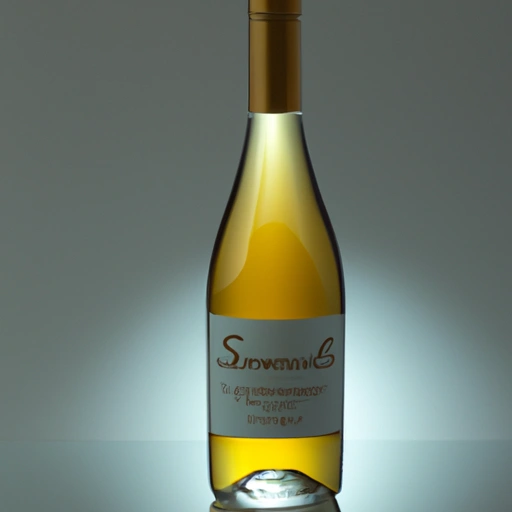Sauterne Wine
Description

Sauterne wine is a sweet French white wine traditionally from the Sauternais region of the Bordeaux vineyards. While true Sauternes (with an 's') is a protected name exclusively for the wine from that specific region, Sauterne (without an 's') is often used in the United States to label similar-style domestic dessert wines. It is made from Sémillon, Sauvignon Blanc, and Muscadelle grapes that have been affected by noble rot, giving the wine its distinctive flavor.
Common uses
Sauterne wine is commonly used as a drinking wine, particularly as a dessert wine or aperitif. It is also used in cooking, where its sweet profile can enhance the flavors of various dishes, from savory to sweet.
Nutritional value
Calories
Typically, a 3.5 oz (100 ml) serving of Sauterne wine contains approximately 150-160 calories (625-669 kJ).
Protein
Sauterne wine contains negligible amounts of protein.
Fat
There is no fat present in Sauterne wine.
Carbohydrates
The carbohydrate content in a 3.5 oz (100 ml) serving of Sauterne wine is around 14-20 grams, mostly from sugars.
Vitamins
While not a significant source of vitamins, Sauterne wine may contain trace amounts of B vitamins due to the fermentation process.
Minerals
Mineral content in Sauterne wine is minimal, but it may contain small amounts of potassium and iron.
Health benefits
Moderate consumption of wine, including Sauterne, has been associated with certain health benefits such as improved heart health due to the presence of antioxidants like flavonoids and resveratrol.
Potential risks
Excessive consumption of alcoholic beverages, including Sauterne wine, can lead to health issues such as liver disease, increased risk of certain cancers, and addiction. It is also high in sugars, which could affect blood sugar levels.
Common recipes
Sauterne wine is often incorporated into desserts like sabayon, fruit-based dishes, or used to deglaze pans for making rich sauces. It is also a key ingredient in the classic French dish, Canard à la Presse (pressed duck).
Cooking methods
This wine can be used in poaching fruits, in marinades for poultry or seafood, and for flambéing certain desserts. It is also a common addition to vinaigrettes and dressings.
Pairing with other ingredients
Sauterne pairs beautifully with foie gras, blue cheese, and desserts such as crème brûlée or tarte Tatin. It also complements spicy dishes by balancing heat with its sweetness.
Summary
Sauterne wine is an adaptable and flavorful ingredient that can add depth and sweetness to a variety of dishes. Its historical significance and unique production process make it a cherished wine among connoisseurs and chefs around the world. In both its European and American forms, Sauterne wine continues to be a valuable addition to the culinary world, offering both nutritional benefits and potential risks when consumed in moderation.